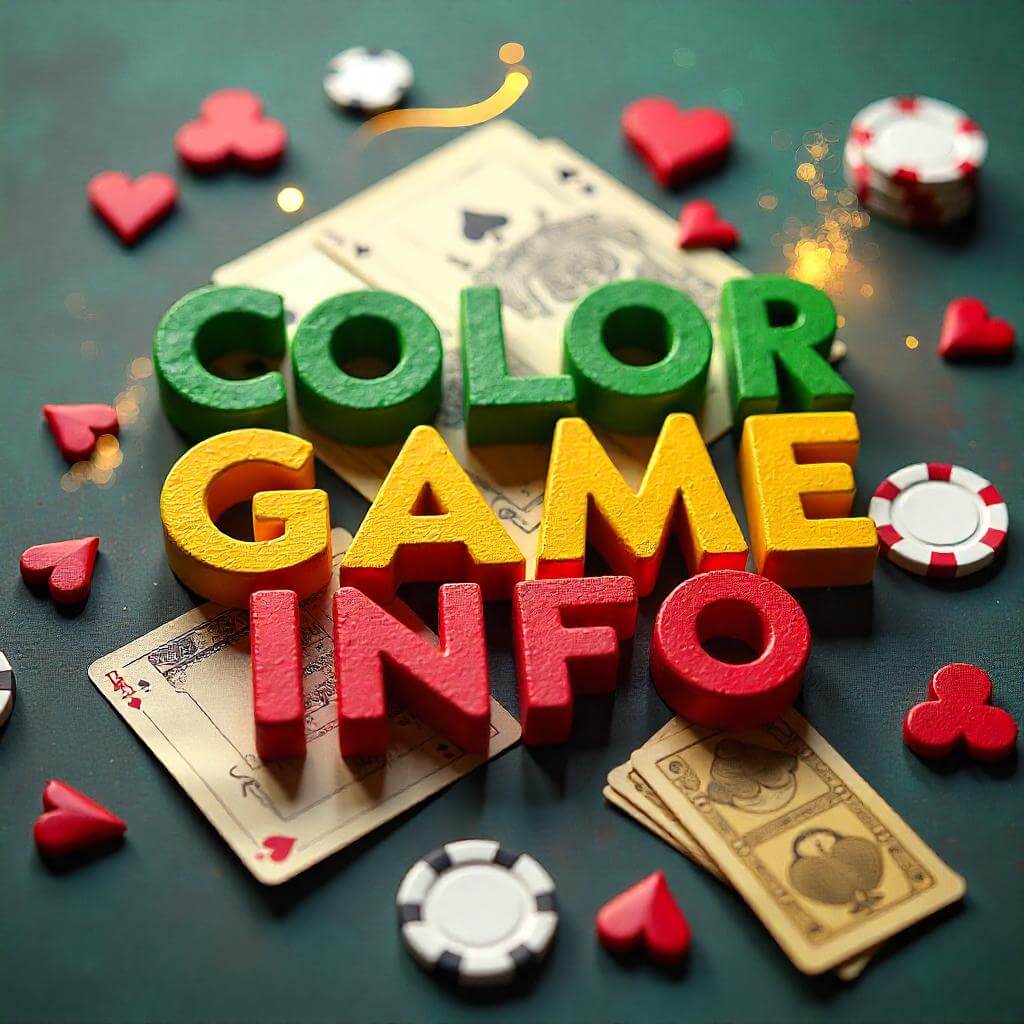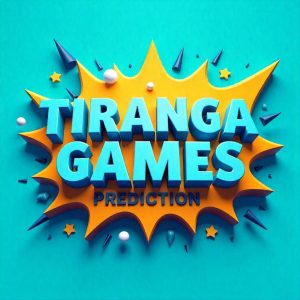
Learn how Colour Game 2025 uses color theory to enhance emotional responses and immersion in gameplay within the ultimate trading and prediction showdown.
The Color Revolution in Gaming, Color theory is becoming increasingly central to the creative process in gaming. By 2025, developers are focusing on refining gameplay visuals and elaborate storylines, as seen in the fast growing online prediction and trading platform— Colour Game 2025. The game’s growing popularity is attributed to the unique application of color in gameplay through the psychology of color user engagement.
But what is color theory in the context of gaming? Allow us to break down how every player’s experience during gaming sessions is enhanced beyond visuals and aesthetics with design philosophies that aid in immersion, decision making, emotional response, and much more.
What is color theory in game design?
Color theory involves strategies that aid in the marking of color selection in visuals. In gaming, it focuses on enhancing psychological aspects such as emotion, attention, logic, in-game symbolism and many more.
The foundational building blocks of color theory include:
Arranging Colors Using the Color Wheel (with primary, secondary, and tertiary colors),
Achieving Color Harmony (through complementary, analogous, triadic schemes)
Dividing Colors Into Warm and Cool Categories
Studying the Psychological Effects of Color
None of these features exist independently—they influence how players interact with placed worlds, characters, and game systems. In Colour Game 2025 , the color use transcends a mere design choice—it becomes a part of the mechanic.
The Core of the Game: Colour Game 2025 is about color, trading, and prediction.
Colour Game 2025 functions as an abstract trading simulator where players strategize based on color options. Different from traditional trading or fantasy sports applications, the game operates on subtle psychological intricacies. In this context, color choice transcends aesthetic—it activates emotional responses and mental triggers.
Each color evokes specific typical responses:
Red is for aggressive, urgent action or some level of threat.
Green indicates safety, growth, or stability.
Blue encourages logic, calmness, and trust.
Yellow suggests optimism but also caution.
By utilizing these fundamental perceptions, Colour Game 2025 efficiently shapes the user’s actions and increases the excitement of anticipation.
Emotional Design: The Psychological Effect of Colour on Gaming
Color does more than beautify a screen; it can trigger an emotion and impact the way we think and feel. For Colour Game 2025 it is even more important. Their developers apply color schemes that are high/low contrasting in order to:
Create expectation during the countdown.
Heighten attention during decision making.
Encourage or inhibit confidence depending on the phase of gameplay.
Take a trading challenge for instance – if the interface suddenly switches to red, then the player will become more anxious and hesitant. However, a blue themed round will motivate the players towards well thought out decisions, but these decisions run the risk of being antagonistic.
This pattern regarding emotion and colors does not only turn a game into a multi-sensory experience, but also an experience that requires decision making at multiple levels.
Visual Accessibility: Inclusive use of color
Although color theory enhances the gaming experience, making sure that those with color vision deficiency (CVD) can access all the features of the game is also important. Roughly 1 male out of 12 and 1 female out of 200 is affected by color blindness to a certain extent.
CVD features while still visually appealing for people without color vision deficiency.
Using CVD modes to change visual scheming.
Using colors and brightness at different scales.
Adding pictures or designs on color buttons.
By using these features, Colour Game 2025 fosters a game that caters for a wide audience, and encourages everyone to enjoy the game no matter their background or level of vision.
The Importance of Color to Retain Users
A color system is an important aspect that doesn’t only improve the gameplay experience, but also aids retention. Engaging emotionally and visually in a user interface will enhance the time spent on applications and games, making them much more interesting.
In Colour Game 2025:
The players achievements and milestones are marked with color transitions.
Color seasons brings forth novelty creating an everchanging thematic experience.
Reward systems incorporate color-coded tiers giving more coherent progression.
This leads to long-term emotional engagement along with increased retention which are imperative for helping build a community.
Bias, Predictions, Color and Gamification
Selection of the colors has a unique effect on prediction strategies that are used. There is always the risk that players subconsciously think they are on a winning streak associated with specific colors which is based off of pattern recognition bias. This means the game leverages that cognitive bias while deepening engagement for the user without sacrificing fairness.
Gamification elements such as milestones, add badges and streaks that are often presented in alluring hues which further encourages the users. Winning ‘Gold Predictor’ status for example grants many functional rewards but also provides satisfaction courtesy of its golden color.
Looking Towards The Future: AI and its Relation to Adaptive Color Systems
In the foreseeable future, platforms such as Colour Game 2025 might implement AI-powered adaptive color features, where the interface would adjust and evolve according to the player’s behaviors, emotions (through biometrics or historical play data), or mood. This will create customized gaming environments which will foster even deeper immersion.

Conclusion: Explaining Why Color Matters Beyond Aesthetic
To put it in very basic terms, Colour Game 2025 serves as a testimony to how effortlessly color theory can shaped a game’s mechanics, interaction, and even the mind. It turns the art of predicting into something so personal, heart-thumping, and thrilling—instead of leaving it to guesswork.
In the day and age where digital technology reigns the world, knowing how to utilize color theory and apply it in day to day life is no longer optional, it is required. With gaming becoming more tactile and engaging, the fusion of art, psychology, and interaction/blending seem to happen. In the colorful realm of Colour Game 2025, it isn’t just about decorating the game, instead, color becomes the game.





